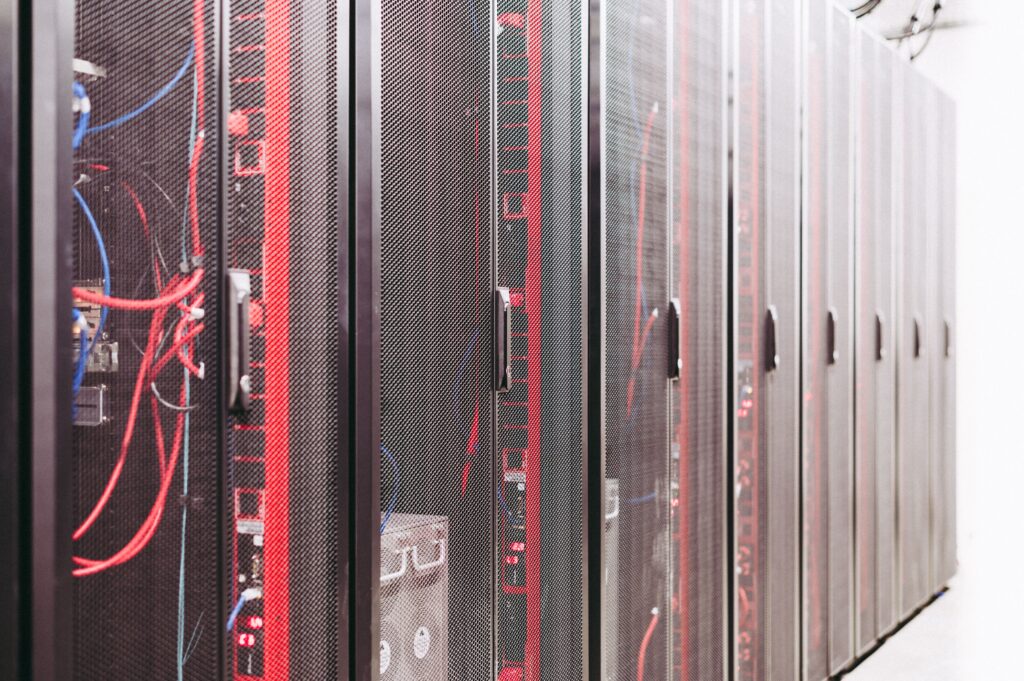Big data refers to the massive volume of structured, semi-structured, and unstructured data that is generated by businesses, individuals, and various types of digital systems on a daily basis. This data is often so large and complex that it can’t be processed or analyzed using traditional data processing methods.
Traditional data processing methods typically involve using relational database systems and business intelligence tools to store and analyze structured data. Structured data is data that is organized in a fixed format, such as tables with rows and columns.
In traditional data processing, data is typically collected and stored in a centralized database, and then analyzed using SQL queries or reporting tools to generate insights and reports. This approach works well for small to medium-sized datasets, but it can become challenging and time-consuming when dealing with large and complex datasets.
Traditional data processing methods are also limited in their ability to handle unstructured and semi-structured data, such as text data from social media platforms or sensor data from IoT devices. These types of data require different processing techniques and tools, such as natural language processing and machine learning algorithms.
Big data typically includes data from a wide range of sources, including social media platforms, customer databases, sensor networks, and machine-generated data from the Internet of Things (IoT). This data is often stored in distributed computing environments, such as Hadoop clusters or cloud-based storage systems.
The key characteristics of big data are known as the “3Vs”: Volume, Velocity, and Variety. Volume refers to the sheer size of the data, which can range from terabytes to petabytes or even exabytes. Velocity refers to the speed at which the data is generated and processed, which can be very fast in real-time applications. Variety refers to the different types of data that make up big data, including structured, semi-structured, and unstructured data.
To make sense of big data, businesses and organizations use a range of tools and technologies, such as data analytics and machine learning algorithms, to extract insights and patterns from the data. These insights can then be used to inform business decisions, improve operational efficiency, and drive innovation.
when does data become big data?
The amount of data that is considered “big data” is constantly changing as technology evolves and new types of data are generated. However, there are some general guidelines that are often used to determine when data has become “big data”.
The most common definition of big data involves the “3Vs” that I mentioned earlier: volume, velocity, and variety. When data reaches a certain threshold in one or more of these areas, it is generally considered to be big data.
Volume: When data reaches a volume that is too large to be stored, processed, and analyzed using traditional methods, it is considered to be big data. The exact threshold for what constitutes “too large” can vary depending on the organization and the technology being used, but it typically involves datasets that are in the terabyte or petabyte range.
Velocity: When data is being generated and updated at a rate that is too fast for traditional processing methods to keep up with, it is considered to be big data. This is often the case with real-time data streams, such as social media feeds or sensor networks, where data is being generated at a high frequency.
Variety: When data comes from a wide variety of sources and in a wide range of formats, it can be difficult to store and process using traditional methods. This is often the case with unstructured or semi-structured data, such as text data or multimedia data.
how do you proccess big data
Processing big data involves a range of techniques and technologies that are designed to handle the large volume, velocity, and variety of data that is generated today. Here are some common techniques and technologies used for big data processing:
- Distributed computing: One of the main challenges of processing big data is that it often requires more computing power than a single machine can provide. To address this challenge, big data processing systems use distributed computing techniques, where data is split across multiple machines and processed in parallel. This allows for faster processing times and the ability to handle larger datasets.
One popular distributed computing framework is Apache Hadoop, which provides a platform for storing, processing, and analyzing large datasets. Hadoop uses a distributed file system called Hadoop Distributed File System (HDFS) to store data across multiple machines. It also provides a processing framework called MapReduce, which allows for parallel processing of large datasets.
Another popular distributed computing framework is Apache Spark, which provides a more flexible and faster alternative to MapReduce. Spark can process data in-memory, which can result in faster processing times, and it can also handle a wider range of data processing tasks, including machine learning and graph processing.
- Data storage: Big data requires storage solutions that can handle large volumes of data and provide fast access times. Traditional relational databases are not well-suited for big data because they can become slow and inefficient as the data volume grows. Instead, big data processing systems often use NoSQL databases, which are designed to handle large amounts of unstructured or semi-structured data.
One popular NoSQL database for big data processing is MongoDB, which is a document-oriented database that stores data in JSON-like documents. Another popular option is Apache Cassandra, which is a distributed database that provides high availability and scalability for large datasets.
- Data ingestion: Big data processing systems need to be able to ingest data from a wide range of sources and in a variety of formats. This can include structured data from relational databases, unstructured data from social media feeds or text documents, and semi-structured data from XML or JSON files.
One popular data ingestion tool for big data is Apache Kafka, which is a distributed streaming platform that can handle large volumes of real-time data. Kafka provides a way to stream data in and out of big data processing systems, which is essential for real-time data processing.
Another popular data ingestion tool is Apache NiFi, which is a data integration platform that provides a graphical user interface for building data flows. NiFi can be used to collect data from a variety of sources and route it to different destinations, making it a flexible tool for big data ingestion.
- Data processing: Once data has been ingested into a big data processing system, it needs to be processed and analyzed to extract insights. Data processing in big data systems involves running computations in parallel across large datasets.
One popular data processing framework is Apache Spark, which provides a wide range of data processing tools, including SQL, machine learning, graph processing, and streaming processing. Spark allows for fast and flexible processing of big data, making it a popular choice for big data processing.
Other popular data processing frameworks for big data include Apache Flink, which is a stream processing framework, and Apache Storm, which is a real-time distributed processing system.
- Data visualization: Once insights have been generated from big data, it’s important to visualize them in a way that is easy to understand and interpret. Data visualization tools can be used to create charts, graphs, and dashboards that can help users understand the insights generated from big data.
One popular data visualization tool for big data is Tableau, which provides a user-friendly interface for creating interactive visualizations. Power BI is another popular data visualization tool that can be used to create interactive dashboards and reports from big data.
Overall, processing big data involves a combination of distributed computing, data storage, data ingestion, data processing, and data visualization techniques and technologies





